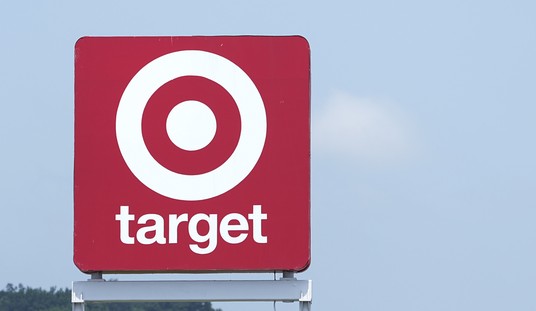The Obama administration has insisted that its economic policies provided the basis for the end of the Great Recession in the third quarter of last year. National media repeat the assertion to the point that almost every story about negative economic developments uses the word “unexpectedly.” Yesterday, the National Bureau of Economic Research challenged the underlying assumption and refused to state that the recession ever ended at all:
The National Bureau of Economic Research, a nonprofit group of economists, determines when recessions start and end as part of its work in calculating the peaks and troughs of the business cycle.
The bureau’s Business Cycle Dating Committee met last Friday and concluded that the jury is still out on the recession’s end, announcing that decision on its Web site Monday.
The committee reaffirmed that the recession began in December 2007, but its seven members couldn’t determine whether the recession has ended.
“The trough date would identify the end of contraction and the beginning of expansion. Although most indicators have turned up, the committee decided that the determination of the trough date on the basis of current data would be premature,” the committee said in a statement. “Many indicators are quite preliminary at this time and will be revised in coming months.”
The big sticking point is the unemployment rate. The US has record levels of long-term unemployed workers, and the rate of job growth remains too low for economic expansion. The NBER fears that the burden of the massive numbers of unemployed or part-time workers won’t support a recovery and that a double-dip recession may be on the horizon.
A forecaster from Moody’s wonders whether businesses will feel confident enough to expand, or find enough credit to do so, but misses one point. Businesses won’t expand while the administration sends pricing signals of future higher taxes and cost burdens, or worse, of runaway inflation. The expansion of the debt points to at least one of those scenarios as a certainty, and while Democrats spend wildly, businesses and investors will shelter their capital for the many rainy days they see ahead.
McClatchy isn’t the only media outlet sounding more skeptical about the recovery. Today, the Washington Post also wondered how to reconcile the White House happy talk with the economic reality in the US:
But the buoyant talk has gotten far ahead of the reality on the ground of the American economy.
That great March job number, for example, received a short-term boost from temporary Census Bureau hiring and the rebound from February snowstorms, so the underlying employment growth was somewhere around 50,000 jobs — not the 162,000 that made headlines, and far below the 130,000 or so jobs needed to keep up with population growth. The number of people filing new claims for jobless benefits each week has remained stubbornly around 450,000, well above the levels expected in a hiring boom.
And while the stock market is up a lot, it has rebounded from generational lows. Much of the gains of the past year reflected the investors’ conclusion that the economy wasn’t going to collapse, not a harbinger of boom times ahead.
The U.S. economy will grow 3.1 percent this year, according to the consensus of forecasters surveyed by the Blue Chip Economic Indicators. That is far better than the steep declines of a year ago, but basically close to the long-term growth trend for the U.S. economy.
But that rate of expansion won’t be enough to pull the economy out of the deep hole it is in, given a 9.7 percent unemployment rate, and is merely enough to keep the hole from getting any deeper. By contrast, after the last recession of similar depth, in 1981-1982, the economy experienced five straight quarters of growth in the 7 to 9 percent range from the spring of 1983 through summer of 1984.
The stock market is also up because the dollar has gotten progressively weaker over the last couple of years, a point that most analysts fail to note. As for hiring booms, the weekly initial jobless claim rate has to be around 300,000 just for break-even status. Saying that 450,000 is “well above the levels expected in a hiring boom” is a broad understatement. The 450K rate is at least twice as high as one would see in a hiring boom.
Recessions end when investor confidence returns. So far, none of the economic data shows that to be happening, and the Obama administration’s economic policies are the main reason why.








Join the conversation as a VIP Member